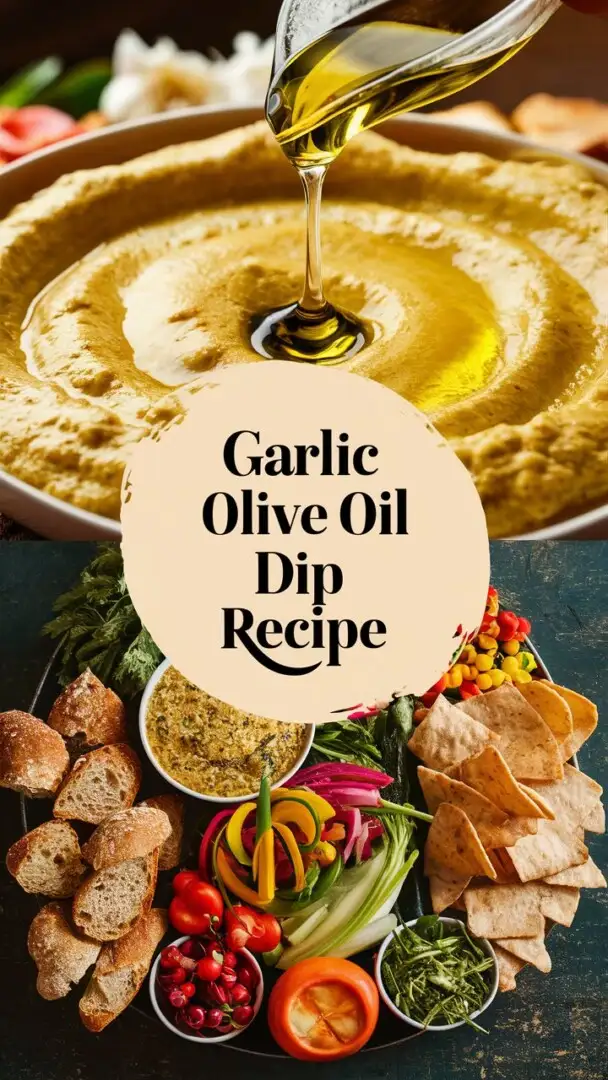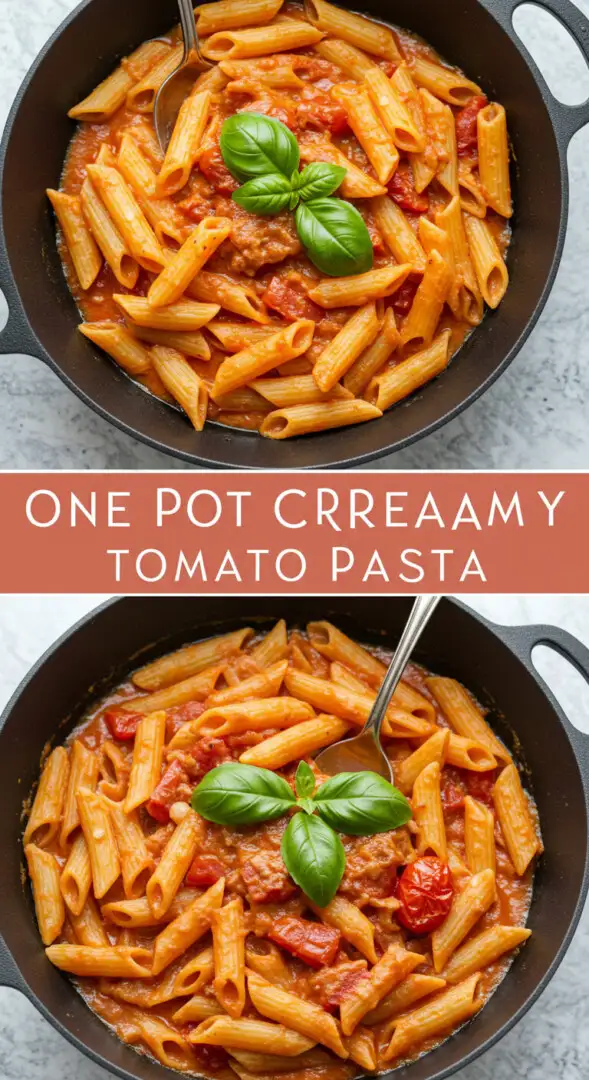Best Homemade Mayonnaise Recipe
Homemade mayonnaise is a game-changer in any kitchen. Store-bought varieties often contain preservatives, artificial flavors, and unhealthy oils. But when you make it yourself, you gain complete control over the ingredients, taste, and texture. With just a few staple pantry items and five minutes of your time, you can create a silky, flavorful, and fresh mayonnaise that rivals any gourmet brand.
Why Homemade Mayonnaise is Better Than Store-Bought
- No preservatives or additives
- Fresh and customizable flavor
- Creamier texture
- Healthier oils and ingredients
- Cost-effective and quick
Essential Ingredients for Homemade Mayonnaise
Creating the perfect mayonnaise starts with using quality ingredients. Here’s what you’ll need:
| Ingredient | Quantity | Notes |
|---|---|---|
| Egg yolks | 2 large | Room temperature; very fresh |
| Lemon juice | 1 tablespoon | Or white wine vinegar |
| Dijon mustard | 1 teaspoon | Adds stability and flavor |
| Salt | ½ teaspoon | Adjust to taste |
| Neutral oil | 1 cup | Canola, sunflower, or avocado oil |
| Water | 1 teaspoon | Optional for thinning, if needed |
Step-by-Step Guide to Make Homemade Mayonnaise
1. Prepare Your Tools
Use a clean glass bowl, immersion blender, or food processor. Make sure everything is dry and free from grease to ensure the emulsion forms properly.
2. Combine the Base Ingredients
Add the egg yolks, lemon juice, Dijon mustard, and salt to the bowl. Whisk lightly until well combined. This mixture helps stabilize the emulsion.
3. Slowly Add the Oil
While whisking constantly or with the blender running on low, drizzle the oil slowly—start with just a few drops at a time. Once the mixture begins to thicken, you can pour the oil in a slow, steady stream.
Key tip: Too much oil at once can break the emulsion.
4. Adjust the Texture
Once all oil is incorporated, check the texture. If the mayo is too thick, add a teaspoon of water to thin it slightly. Blend until smooth.
Pro Tips for Perfect Mayonnaise Every Time
- All ingredients must be at room temperature to avoid curdling.
- Use fresh, pasteurized eggs for safety and best flavor.
- Choose a neutral oil to avoid overpowering the taste.
- Don’t skip the mustard—it’s essential for emulsifying.
Flavor Variations to Customize Your Mayonnaise
Homemade mayonnaise is highly versatile. You can infuse flavors to suit your taste or dish:
| Flavor | Add-In Ingredients |
|---|---|
| Garlic Aioli | 1 clove roasted garlic, crushed |
| Herb Mayo | 1 tbsp chopped parsley, basil, or dill |
| Spicy Mayo | 1 tsp sriracha or chipotle paste |
| Citrus Mayo | 1 tsp orange or lime zest |
| Smoky Mayo | ½ tsp smoked paprika or chipotle powder |
How to Fix Broken Mayonnaise
If your mayonnaise doesn’t emulsify properly, don’t throw it out. Here’s how to rescue it:
- In a clean bowl, whisk 1 teaspoon of mustard with 1 tablespoon of water.
- Slowly add the broken mayo mixture while whisking vigorously.
- Continue whisking until it re-emulsifies into a smooth cream.
Storage Tips and Shelf Life
- Refrigerate immediately in a clean, airtight jar.
- Use within 5–7 days.
- Avoid cross-contamination—use a clean spoon each time.
Frequently Asked Questions
Can I use whole eggs instead of yolks?
Yes. Whole eggs make the mayo slightly lighter. Use one whole egg in place of two yolks.
What if I don’t have Dijon mustard?
You can use yellow mustard, but Dijon provides better emulsification and flavor.
Can I use olive oil?
Yes, but opt for light or mild olive oil. Extra virgin can be too strong and bitter.
Is raw egg in mayo safe?
Use pasteurized eggs to minimize health risks, or opt for recipes using cooked yolks if concerned.
Blender vs. Hand Whisk: Which Is Better?
| Method | Pros | Cons |
|---|---|---|
| Blender | Fast, consistent, less labor | Risk of overheating, easy to overblend |
| Hand whisk | More control, traditional method | Requires effort and technique |
If you’re new to mayo-making, a stick blender is highly recommended for ease and reliability.
Nutrition Information (Per Tablespoon)
| Nutrient | Amount |
|---|---|
| Calories | ~90 |
| Fat | 10g |
| Saturated Fat | 1g |
| Cholesterol | 15mg |
| Carbohydrates | 0g |
| Protein | <1g |
Note: These values vary based on ingredients used.
How to Use Homemade Mayonnaise
Homemade mayo elevates any dish. Use it as:
- A base for dressings (ranch, Caesar, tartar)
- A spread on sandwiches or burgers
- A dip for fries, chips, and veggies
- A creamy element in potato or tuna salad
Troubleshooting: Common Problems and Solutions
| Problem | Cause | Solution |
|---|---|---|
| Too thin | Oil added too fast | Start over with a new yolk and slowly whisk in the broken batch |
| Too thick | Over-emulsification | Add a teaspoon of water or lemon juice and whisk |
| Bitter taste | Using extra virgin olive oil | Use neutral oil or mild olive oil |
| Curdled texture | Temperature difference or too much oil at once | Re-emulsify with mustard and water |
Conclusion
Making your own mayonnaise gives you superior taste, clean ingredients, and the freedom to tailor it to any meal. Once you try this method, you’ll never go back to the store-bought version. With these expert techniques, rich flavor variations, and pro tips, your homemade mayo will always be smooth, flavorful, and restaurant-quality.







